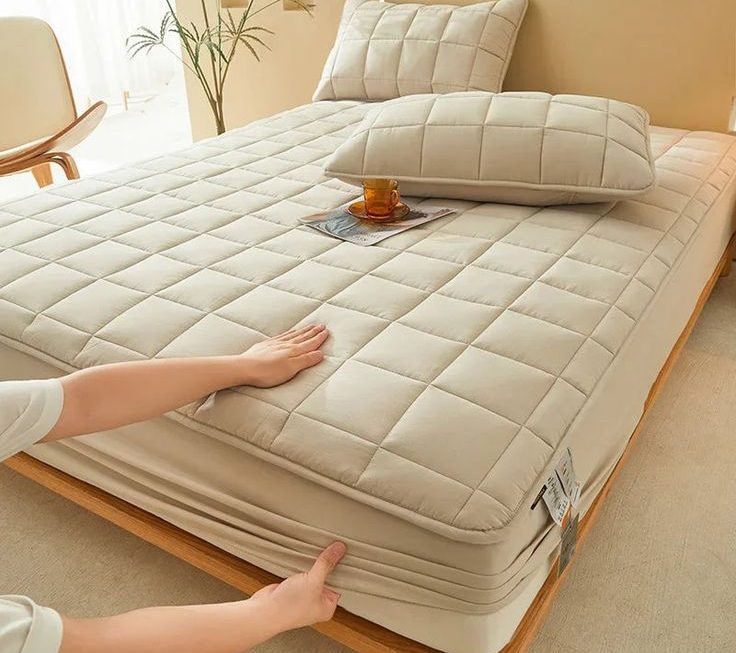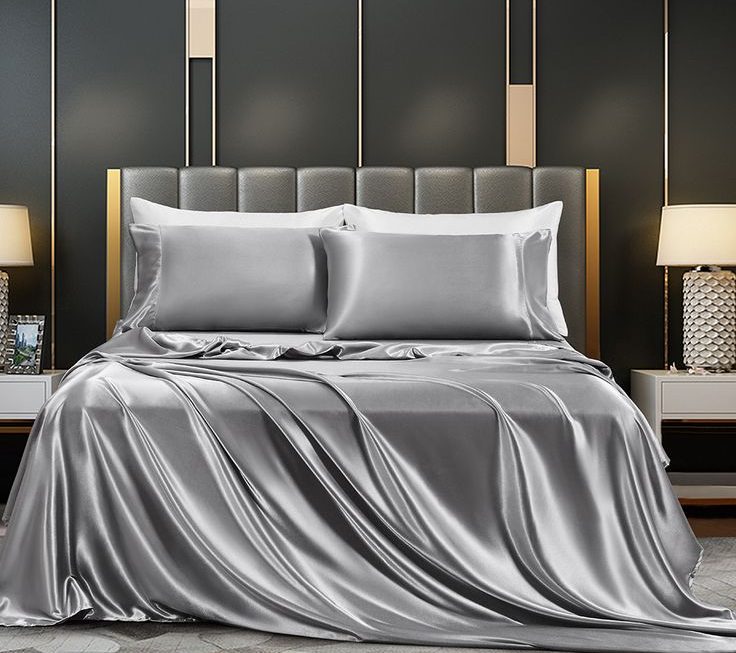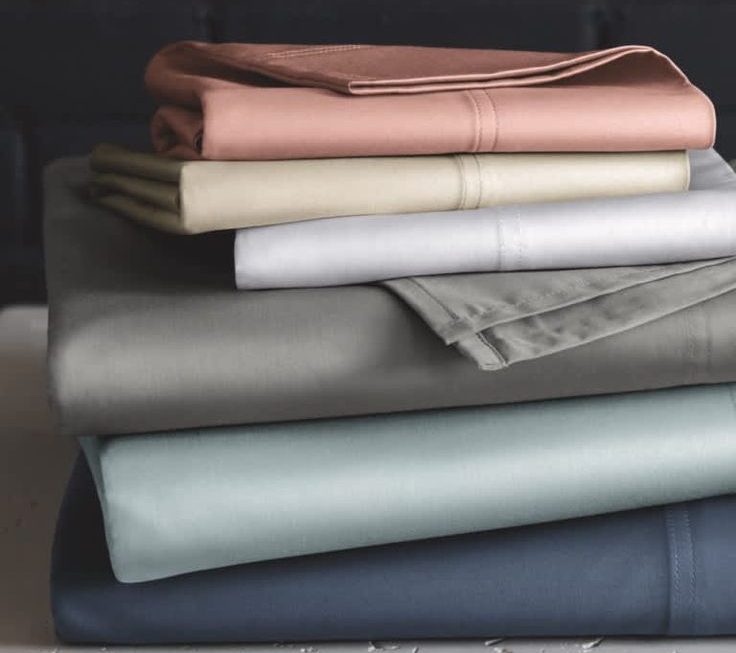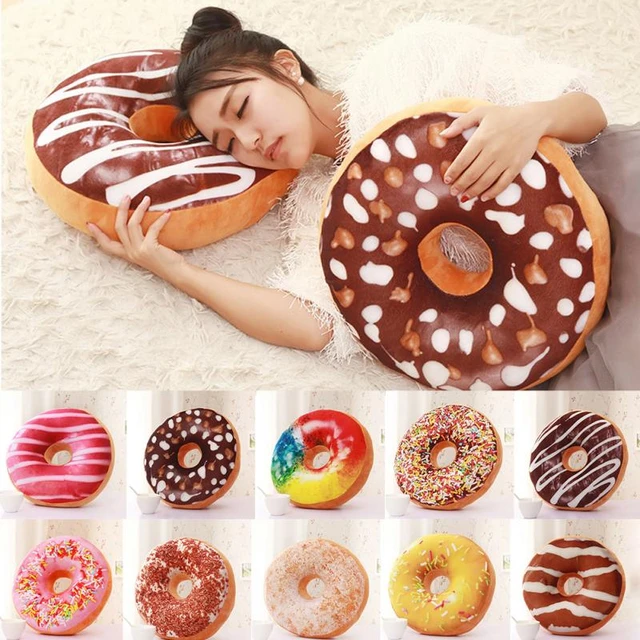 Introduction:
Introduction:
Donut cushions, also known as doughnut cushions or ring cushions, are commonly used for various reasons, including providing relief from tailbone pain, hemorrhoids, or post-surgical discomfort. While they have their benefits, it’s essential to understand the potential drawbacks associated with donut cushions. In this article, we will explore why donut cushions may not always be the best choice, highlighting the potential drawbacks and considerations involved.
Materials and styles:
Donut cushions, also known as ring cushions or doughnut pillows, are available in a variety of materials and styles to provide comfort and support for those experiencing pain or discomfort in the lower back, tailbone, or pelvic area. Here are some common materials and styles used in donut cushions:
Materials Used in Donut Cushions:
Memory Foam: Memory foam is a popular material used in donut cushions due to its ability to conform to the shape of the body and provide targeted support. It offers pressure relief and helps distribute weight evenly.
Gel-Infused Foam: Gel-infused foam combines the benefits of memory foam with cooling properties. It helps regulate temperature and provides a comfortable seating experience.
Inflatable: Inflatable donut cushions are made from durable materials, such as PVC or rubber. They can be adjusted to the desired firmness and are easily portable for travel or on-the-go use.
Polyester or Cotton Covers: Donut cushions often come with removable and washable covers made from polyester or cotton. These materials are soft, breathable, and easy to clean.
Styles of Donut Cushions:
Traditional Donut Shape: The traditional donut cushion features a round shape with a hole in the center, providing relief and reducing pressure on the affected area. It is suitable for tailbone pain, hemorrhoids, or post-surgical recovery.
Wedge Shape: Wedge-shaped donut cushions have a tapered design and offer support and elevation for the hips and lower back. They can be used on chairs or car seats to improve posture and relieve pressure on the spine.
Ergonomic Design: Some donut cushions have an ergonomic design with contours and curves that promote proper alignment and support for the body. They provide additional comfort and help reduce strain on the back and hips.
When choosing a donut cushion, it’s essential to consider the specific needs and preferences of the individual. It’s advisable to check with retailers or manufacturers for specific information on the available materials and styles for donut cushions.
 The rise in popularity of donut cushions:
The rise in popularity of donut cushions:
Pressure Relief:
Donut cushions are specifically designed to provide relief from pressure and reduce discomfort in the lower back, tailbone, and pelvic area. The unique design with a center hole helps alleviate pressure on sensitive areas, such as the coccyx or anal region.
Tailbone and Pelvic Pain:
Donut cushions are particularly beneficial for individuals suffering from tailbone pain (coccydynia), pelvic pain, or conditions like hemorrhoids. The cushion’s shape helps distribute weight evenly, reducing strain on these sensitive areas and promoting healing and comfort.
Post-Surgery Recovery:
Donut cushions are commonly recommended for post-surgical recovery in areas like the perineum or after procedures like hemorrhoidectomy or pilonidal cyst removal. They provide a cushioned and comfortable seating surface, reducing pressure on surgical wounds and promoting healing.
Pregnancy and Postpartum Support:
Pregnant women often experience discomfort in the pelvic and tailbone area due to increased pressure on these regions. Donut cushions can offer relief and support during pregnancy. Additionally, they can be used during the postpartum period to aid in the healing process after childbirth.
Improved Sitting Posture:
Donut cushions help improve sitting posture by encouraging proper alignment of the spine and relieving pressure on the lower back. This can be beneficial for individuals who sit for extended periods, such as office workers or individuals with sedentary lifestyles.
Increased Awareness and Availability:
With the advent of online shopping and increased awareness about ergonomic seating options, donut cushions have become more accessible and widely available. They are now offered in various materials, styles, and sizes to cater to different needs and preferences.
Overall, the rise in popularity of donut cushions can be attributed to their effectiveness in providing pressure relief, promoting proper posture, and addressing specific conditions or discomfort associated with the lower back, tailbone, and pelvic area.
But he also has many disadvantages:
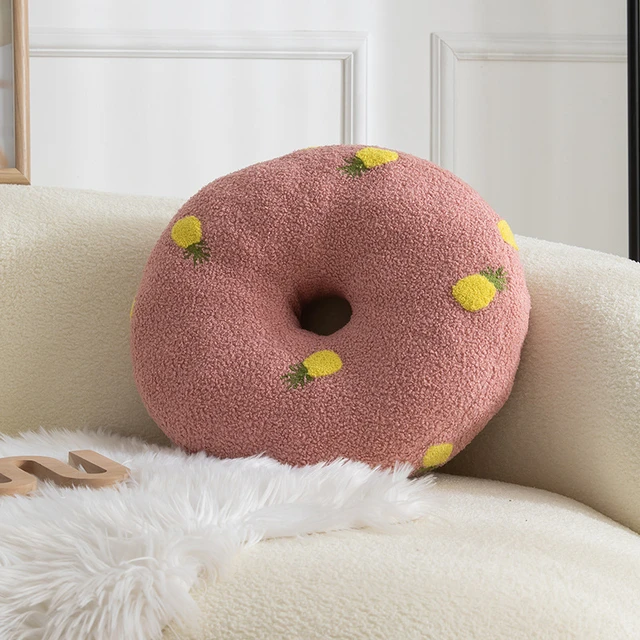 Lack of Support:
Lack of Support:
Uneven Weight Distribution: Donut cushions have a hole in the center, which can lead to an uneven distribution of body weight. This can cause additional pressure on the surrounding areas, potentially leading to discomfort or exacerbating existing conditions.
Limited Support for Spine: The central opening in donut cushions may not provide adequate support for the spine, especially for individuals with back pain or spinal conditions. The lack of proper support can aggravate existing back issues or cause discomfort over time.
Reduced Blood Flow:
Compression of Blood Vessels: Sitting on a donut cushion can compress blood vessels, potentially limiting blood flow to the lower body. This reduced blood flow can lead to numbness, tingling, or discomfort in the legs and buttocks.
Increased Risk of Pressure Sores: Prolonged use of donut cushions can increase the risk of pressure sores due to the constant pressure on specific areas, such as the tailbone or surrounding skin. Individuals with reduced mobility or those who spend long periods sitting may be particularly susceptible.
Posture and Spinal Alignment:
Altered Sitting Position: Donut cushions can alter the natural sitting position, causing individuals to sit with their pelvis tilted backward. This posture may impact spinal alignment and contribute to discomfort or strain on the lower back.
Limited Adjustability: Donut cushions often lack adjustability options, such as different angles or firmness levels. This limitation can prevent individuals from finding the optimal seating position for their specific needs, potentially leading to discomfort or further issues.
 Hygiene and Maintenance:
Hygiene and Maintenance:
Difficulty Cleaning: Donut cushions can be challenging to clean thoroughly due to their shape and construction. This can lead to a buildup of bacteria, sweat, or debris, potentially causing hygiene-related issues or unpleasant odors.
Durability and Wear: Donut cushions may not withstand prolonged use or heavy pressure as well as other cushion types. The materials used and the design make them more prone to flattening, losing shape, or deteriorating over time.
Individual Considerations:
Individual Body Shape and Size: Donut cushions may not be suitable for individuals with larger body sizes or unique body contours. The standard size and design of donut cushions may not provide optimal support or comfort for everyone.
Underlying Health Conditions: It is crucial to consider any underlying health conditions or medical advice when choosing a cushion. Some individuals may have specific conditions that require different types of support or cushioning.
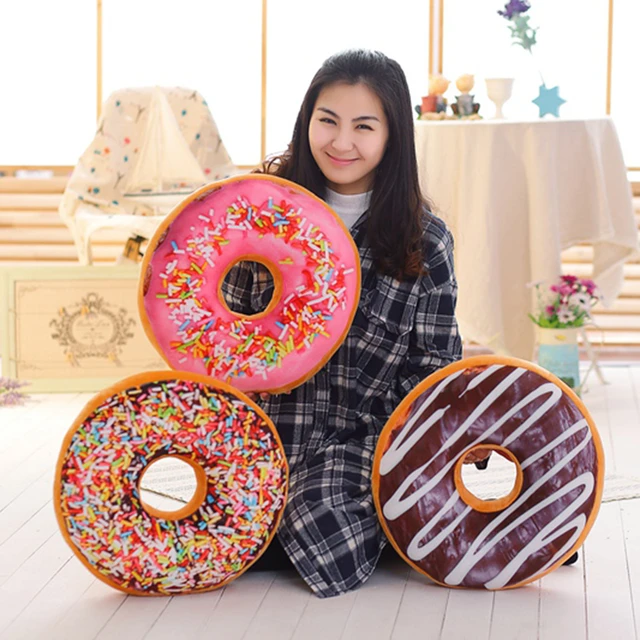 Conclusion:
Conclusion:
While donut cushions can provide relief for certain conditions, it’s important to consider the potential drawbacks associated with their use. The lack of support, potential for reduced blood flow, impact on posture and spinal alignment, hygiene challenges, and individual considerations should all be taken into account. Consulting with healthcare professionals or exploring alternative cushion options that address specific needs may be beneficial. Ultimately, selecting the right cushion is essential for promoting comfort, support, and overall well-being during prolonged periods of sitting.
